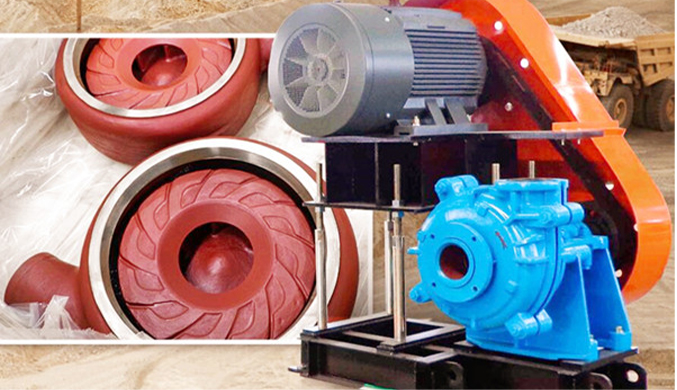English
- Afrikaans
- Albanian
- Amharic
- Arabic
- Armenian
- Azerbaijani
- Basque
- Belarusian
- Bengali
- Bosnian
- Bulgarian
- Catalan
- Cebuano
- Corsican
- Croatian
- Czech
- Danish
- Dutch
- English
- Esperanto
- Estonian
- Finnish
- French
- Frisian
- Galician
- Georgian
- German
- Greek
- Gujarati
- Haitian Creole
- hausa
- hawaiian
- Hebrew
- Hindi
- Miao
- Hungarian
- Icelandic
- igbo
- Indonesian
- irish
- Italian
- Japanese
- Javanese
- Kannada
- kazakh
- Khmer
- Rwandese
- Korean
- Kurdish
- Kyrgyz
- Lao
- Latin
- Latvian
- Lithuanian
- Luxembourgish
- Macedonian
- Malgashi
- Malay
- Malayalam
- Maltese
- Maori
- Marathi
- Mongolian
- Myanmar
- Nepali
- Norwegian
- Norwegian
- Occitan
- Pashto
- Persian
- Polish
- Portuguese
- Punjabi
- Romanian
- Russian
- Samoan
- Scottish Gaelic
- Serbian
- Sesotho
- Shona
- Sindhi
- Sinhala
- Slovak
- Slovenian
- Somali
- Spanish
- Sundanese
- Swahili
- Swedish
- Tagalog
- Tajik
- Tamil
- Tatar
- Telugu
- Thai
- Turkish
- Turkmen
- Ukrainian
- Urdu
- Uighur
- Uzbek
- Vietnamese
- Welsh
- Bantu
- Yiddish
- Yoruba
- Zulu
Telephone: +86 13120555503
Email: frank@cypump.com
Nov . 09, 2024 13:30 Back to list
Axial Flow Water Pump for Efficient Fluid Movement and Application
Understanding Axial Flow Water Pumps Efficiency and Applications
Axial flow water pumps are crucial components in various industrial and agricultural applications, providing efficient movement of large volumes of water. Unlike conventional centrifugal pumps that use a rotating impeller to create pressure, axial flow pumps utilize an axial impeller that moves water parallel to the pump shaft. This distinct mechanism allows axial pumps to excel in specific scenarios.
Design and Functionality
The fundamental construction of an axial flow pump consists of a rotor and a stator. The rotor, equipped with blades, imparts kinetic energy to the water, effectively propelling it forward. This motion occurs in a linear fashion along the axis of the impeller, hence the name axial. The design promotes lower energy consumption, making these pumps highly efficient for applications requiring high flow rates but relatively moderate pressure increases.
One of the significant advantages of axial flow pumps is their capacity to handle large volumes of water. They are ideal for applications such as irrigation systems, water supply for municipal and industrial use, and cooling systems in power plants. Typically, axial flow pumps can achieve flow rates ranging from hundreds to thousands of gallons per minute, making them suitable for high-demand environments.
Types of Axial Flow Pumps
There are several variations of axial flow pumps, each designed for specific applications. Among them are mixed flow pumps, which exhibit characteristics of both axial and centrifugal pumps. Mixed flow pumps can generate both axial flow and radial pressure, making them versatile for scenarios where varying pressures are required.
Additionally, submersible axial flow pumps are designed to operate underwater, commonly used in applications such as drainage, sewer systems, and deep well pumping. Their submersible design allows for direct water movement from deep sources, ensuring efficient water extraction with minimal energy loss.
axial water pump

Efficiency and Performance
One of the key benefits of axial flow pumps is their energy efficiency. Since they are designed to move large quantities of water at relatively low pressure, they generally consume less power compared to centrifugal pumps operating at similar flow rates. This efficiency translates to lower operational costs, essential for industries with high-volume water transfer needs.
The performance of axial flow pumps is also influenced by design variables such as blade shape, number of blades, and rotational speed. Manufacturers often optimize these factors to enhance pump performance based on the specific requirements of the application. Moreover, the use of advanced materials in pump construction contributes to better durability and resistance against corrosion, especially when dealing with abrasive or chemically aggressive fluids.
Applications in Various Industries
The use cases of axial flow water pumps span various industries. In agriculture, they play a vital role in irrigation, enabling farmers to efficiently distribute water across large fields. In municipal settings, axial flow pumps are often employed in water treatment plants and sewage systems, ensuring clean water supply and effective waste management.
In the industrial sector, axial flow pumps are utilized in cooling processes, particularly in power generation facilities where massive amounts of water are circulated to maintain optimal operating temperatures. Additionally, they are extensively used in fish farming, aquaculture, and other aquatic applications where effective water movement is crucial to maintaining healthy environments for aquatic life.
Conclusion
In conclusion, axial flow water pumps are indispensable tools in modern water management and transfer systems. Their unique design and operational efficiency make them a preferred choice in various applications, from agriculture to industrial processes. As technological advancements continue to enhance pump design and functionality, the role of axial flow pumps in sustainable water management and resource conservation will only grow more critical. Understanding their capabilities can lead to better choices in pumping solutions, ultimately contributing to enhanced productivity and efficiency across diverse sectors.
-
ISG Series Vertical Pipeline Pump - Chi Yuan Pumps Co., LTD.|High Efficiency, Energy Saving, Low Noise
NewsJul.30,2025
-
ISG Series Vertical Pipeline Pump- Chi Yuan Pumps|High Efficiency&Low Noise
NewsJul.30,2025
-
ISG Series Vertical Pipeline Pump-Chi Yuan Pumps Co., LTD.|High Efficiency&Energy Conservation
NewsJul.30,2025
-
ISG Series Vertical Pipeline Pump - Chi Yuan Pumps Co., LTD.|Advanced Hydraulic Design&Energy-Efficient Solutions
NewsJul.30,2025
-
ISG Series Vertical Pipeline Pump - Chi Yuan Pumps Co., LTD.
NewsJul.30,2025
-
ISG Series Vertical Pipeline Pump - Chi Yuan Pumps Co., LTD.|energy-efficient fluid handling&industrial durability
NewsJul.30,2025










